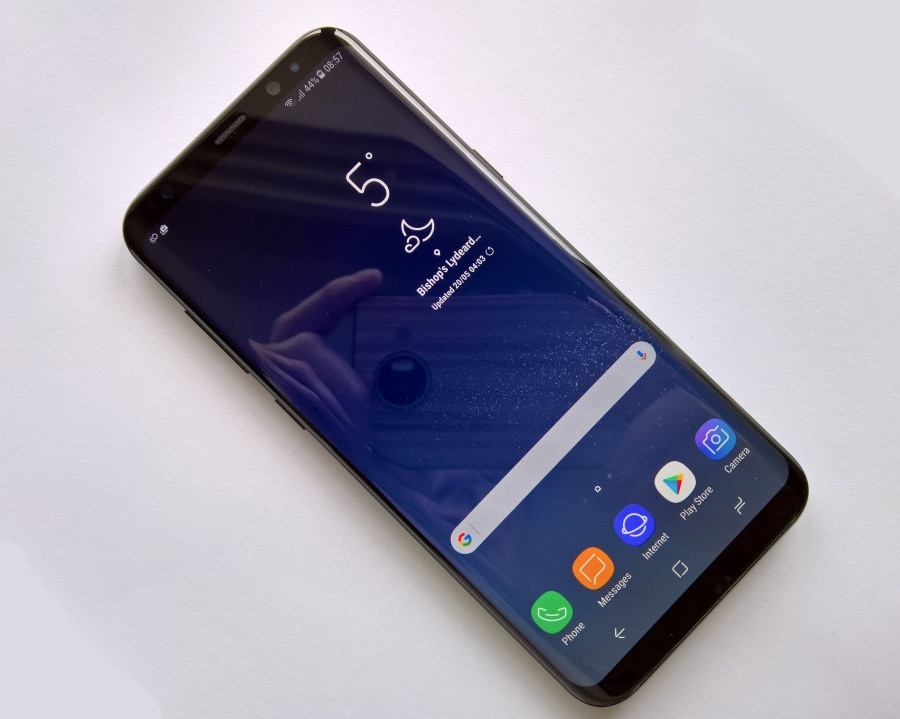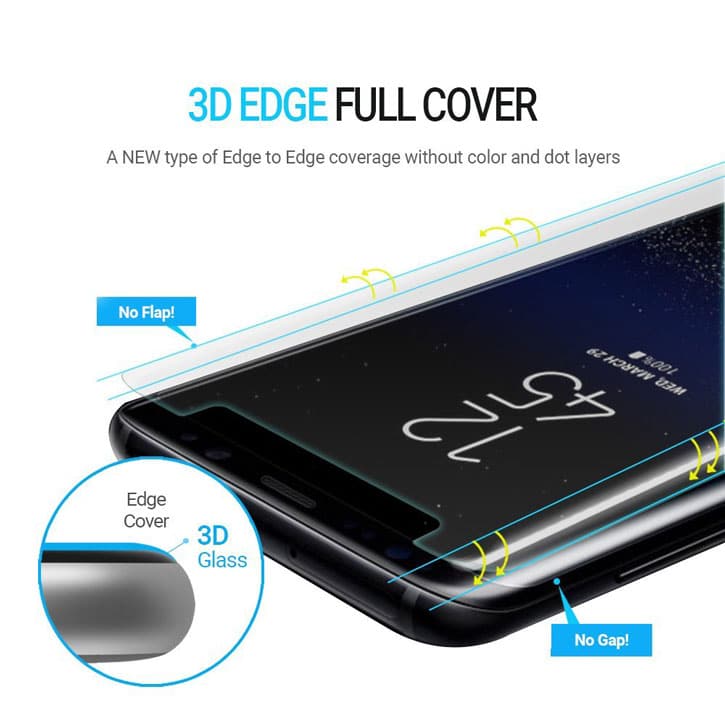
The Samsung Galaxy S8 and Galaxy S8+ are the first handsets from the Korean smartphone maker to make use of on-screen navigation buttons. The company had to ditch the physical home button on its latest flagship devices this time around due to the lack of space at the front as it wanted to achieve a bezel-less look.
The switch to an on-screen navigation bar can be a bit jarring for long time users of previous Galaxy S handsets but its something that you will get used to after the first week of using the phone. However, there is more to the on-screen home button of the Galaxy S8 than what is just visible at first glance. To make the transition from a physical to on-screen home button easier, the home button on the Galaxy S8 packs in quite a few tricks up its sleeve, including a Force Touch-like functionality. I have been very impressed with the home button implementation on the Galaxy S8 and I really hope that other Android OEMs also end up taking cues from it for their future devices.
#3 It Moves
Since the Galaxy S8 uses a Super AMOLED display and features an on-screen navigation button, Samsung has used a clever trick to avoid any burn-in/image retention issues. For the unknown, when a static image is shown on a display for a very long time, there is a high probability that the image will be retained by the display or there will be burned in on an AMOLED panel. To avoid this issue on the Galaxy S8, the home button on the handset moves by a few pixels. The difference is so small that you will never notice it and it’s not even visible from the naked eye.
#2 Pressure Sensitive
If you are used to waking up your previous Galaxy or Android device by pressing the home button, you can do the same thing on the Galaxy S8 even when the display is off. Simply force touch (i.e. press the screen, not touch it) the display where the home button is located and the display on the Galaxy S8 will wake up. By default, this will take you the lock screen (after you enter a pattern or PIN) but this functionality can be modified from the Settings menu to directly take you to the home screen as well. This might seem like a small feature to have, but since the Galaxy S8’s fingerprint scanner is located at such an odd location, this feature is actually a life saver.
#1 Always Available
The above gesture/shortcut works from anywhere in the OS and irrespective of the fact whether the home button is visible or not. So, for example, if you are in a full-screen app or game and you need to quickly go back to your home screen, you can do so by simply force touching the screen where the home button is usually located. You can even adjust the sensitivity of the pressure that needs to be applied to trigger home button. This can be done from under Settings -> Display -> Navigation Bar where you will find the ‘Home button sensitivity’ option. When you activate the home button on your Galaxy S8 by force touching the display, your Galaxy S8 will also vibrate so as to replicate the feeling of the physical home button.
A pressure sensitive on-screen home button might not seem like a big deal, but it really bridges the gap that existed between using a physical and on-screen home button. Here’s hoping more Android OEMs also end up offering a similar feature on their future Android devices.
What do you think about Samsung’s home button implementation on the Galaxy S8? Drop a comment and let us know!







